
Pagrus auratus
Strictly, or scientifically speaking, the New Zealand snapper (Pagus auratus) is not actually a “snapper” at all!
The snappers are a large and diverse group of robust-bodied, carnivorous fishes and belong to the family Lutjanidae. Like many other southern hemisphere species, the New Zealand snapper inherited its name from the northern species it most closely resembles, but is in fact a member of the family Sparidae, which are sea bream or porgies.
In New Zealand waters, this indicator can be found from the tip of the North Island down to the northern areas of the South Island. They are mostly encountered in deep water over offshore reefs and gravel beds, around islands and near undersea pinnacles.
The snapper is also known by the Maori name, ‘tamure’ and is a very ...
Read More


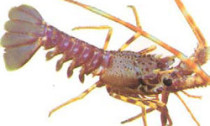

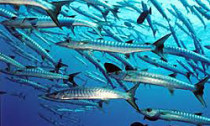


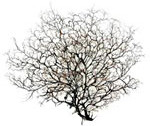
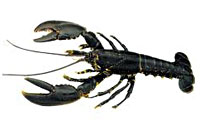
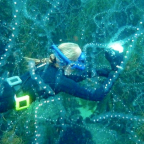

Social Profiles